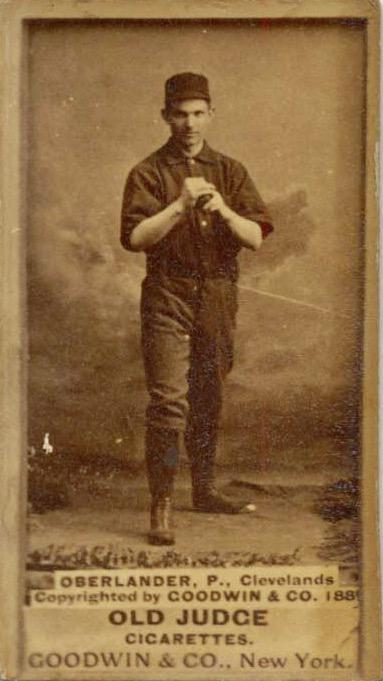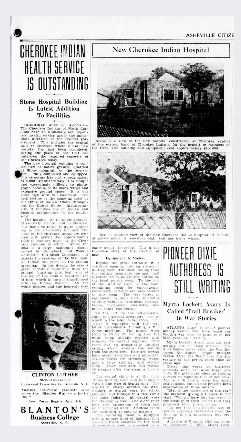In honor of the theme for the 111th annual Cherokee Indian Fair being “They Made the Way” which is being held this week, we travel back to where it all started, 129 years ago when the first physician came to Cherokee, NC.
In the heart of the Cherokee community lies a rich history that encompasses the journey from a humble clinic to a modern healthcare system. The story begins just before the turn of the 19th century, with the arrival of Dr. Hartman “Doc” Oberlander—a pioneer in healthcare for the Eastern Band of Cherokee Indians (EBCI).

Dr. Hartman Oberlander, a former baseball pitcher turned MD, graduated from Syracuse University in 1887. He embarked on his medical career, eventually finding his way to the Qualla Boundary in North Carolina on September 1, 1894. This marked the commencement of formal healthcare provision for the Cherokee community, making him the first official Eastern Cherokee School and Agency physician.
In the early 1920s, the foundation for a proper healthcare infrastructure began to take shape. New facilities, including a school and employee housing, emerged around “Agency Circle,” where the Cherokee Movie Theatre is located today. It was during this time that Lula Leta Owl (later Lula Owl Gloyne) played a pivotal role. Working in a clinic in the agency’s basement, she advocated for expanding healthcare services beyond the boarding school.
In 1927, an article in the Brevard News highlighted the prevalence of tuberculosis at the Cherokee Indian Boarding School, underscoring the need for improved healthcare services. Dr. Maynard, the school’s physician at the time, oversaw health affairs, but the pressing need for a fully functional hospital on the Qualla Boundary persisted.

During the early 1930s, Lula Owl Gloyne, accompanied by tribal officials, testified before Congress, emphasizing the necessity of a comprehensive hospital. Following their compelling testimony, Congress agreed to fund the construction of Cherokee’s first standalone hospital facility.
Official construction commenced in 1936, marking a significant milestone. The hospital, operated by the Bureau of Indian Affairs, offered a range of services, including surgery, outpatient care, dental care, and inpatient care. With a nine-room inpatient ward and dedicated sunroom for women, the hospital stood as a beacon of modern healthcare for the Cherokee community.
Lula Owl Gloyne’s remarkable contributions were acknowledged when she was appointed head nurse, a testament to her dedication and unwavering efforts to advance healthcare for the Cherokee people.
Through the collective endeavors of individuals like Dr. Hartman Oberlander and Lula Owl Gloyne, the Cherokee Indian Hospital System has grown from humble beginnings to the robust and vital healthcare network it is today. Their dedication, perseverance, and advocacy have truly paved the way for a brighter, healthier future for the Cherokee community.